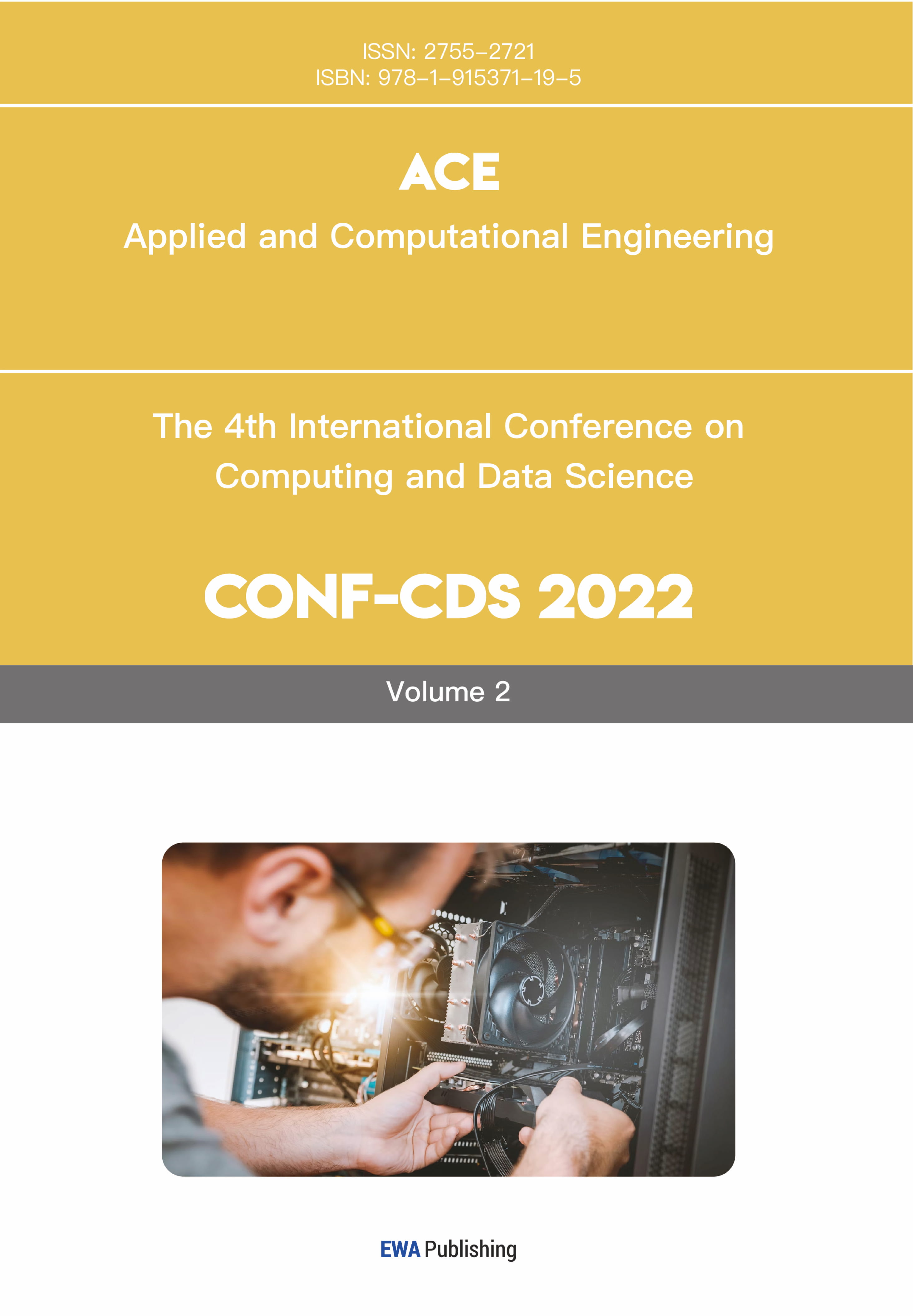References
[1]. X. Yang, H. Zhang, and Y. Liu, “A survey on deep learning-based lane detection, ” IEEE Transactions on Intelligent Transportation Systems, 2023.
[2]. J. Zheng, W. Liu, and R. Zhao, “Ccha-net: Cross convolution hybrid attention network for lane detection, ” Scientific Reports, 2024. [Online]. Available: https: //www.nature.com/articles/s41598- 025-01167-z
[3]. M. Li, F. Zhou, and J. Wang, “Learning lane detection via self-attention and hybrid loss, ” Pattern Recognition Letters, vol. 156, pp. 45–52, 2022.
[4]. K. Zhou and S. Huang, “Attentionlane: Lightweight transformer with multi-level guidance for lane detection, ” in Proceedings of the IEEE/CVF Conference on Computer Vision and Pattern Recognition (CVPR), 2023, pp. 11 789–11 797.
[5]. O. Ronneberger, P. Fischer, and T. Brox, “U-net: Convolutional networks for biomedical image segmentation, ” in Medical Image Computing and Computer-Assisted Intervention (MICCAI). Springer, 2015, pp. 234–241.
[6]. R. Yousri, K. Moussa, M. A. Elattar, and A. H. Madian, “A novel data augmentation approach for egolane detection enhancement using perspective transformation, ” Evolving Systems, vol. 15, p. 1021–1032, 2023.
[7]. R. Li and Y. Dong, “Robust lane detection through self pre-training with masked sequential autoencoders and finetuning with customized polyloss, ” arXiv preprint arXiv: 2305.17271, 2023.
[8]. K. Zhou, Y. Feng, and J. Li, “Unsupervised domain adaptive lane detection via contextual contrast and aggregation, ” arXiv preprint arXiv: 2407.13328, 2024.
[9]. “Grid anchor lane detection based on attribute correlation, ” Applied Sciences, 2025.
[10]. K. Xu, Z. Hao, M. Zhu, and J. Wang, “An efficient lane detection network with channelenhanced coordinate attention, ” Machines, vol. 12, no. 12, p. 870, 2024.
[11]. A. Csato and F. Mariasiu, “Effects of hybridizing the unet neural network in traffic lane detection process, ” Applied Sciences, vol. 15, no. 14, p. 7970, 2025.
[12]. M. Tangestanizadeh, M. Dehghani Tezerjani, and S. Youseffan Jazi, “Attentionbased unet method for autonomous lane detection, ” arXiv preprint arXiv: 2411.10902, 2024.
[13]. K. Zhou, Y. Feng, and J. Li, “Unsupervised domain adaptive lane detection via contextual contrast and aggregation, ” arXiv preprint arXiv: 2407.13328, 2024.
[14]. S. S. M. Salehi, D. Erdogmus, and A. Gholipour, “Tversky loss function for image segmentation using 3d fully convolutional deep networks, ” MICCAI, 2017.
[15]. F. Milletari, N. Navab, and S.-A. Ahmadi, “V-net: Fully convolutional neural networks for volumetric medical image segmentation, ” 3DV, 2016.
[16]. M. Berman, A. Triki, and M. B. Blaschko, “The lovász-softmax loss: A tractable surrogate for the optimization of the intersection-over-union measure in neural networks, ” CVPR, 2018.
[17]. W. Li et al., “Boundary-aware network for lane detection, ” IEEE TITS, 2022.
[18]. A. Tarvainen and H. Valpola, “Mean teachers are better role models: Weight-averaged consistency targets improve semi-supervised deep learning results, ” NeurIPS, 2017.
[19]. T. Inc., “Tusimple lane detection dataset, ” 2020, accessed: 2025-07-26. [Online]. Available: https: //www.kaggle.com/datasets/manideep1108/tusimple



